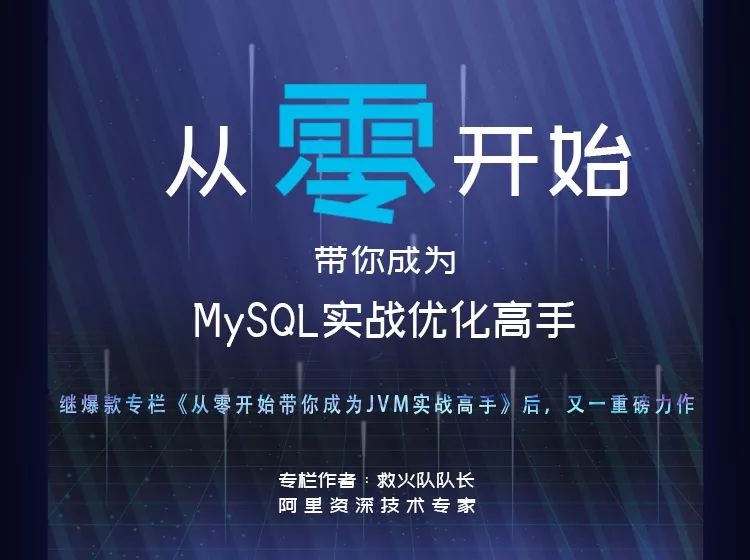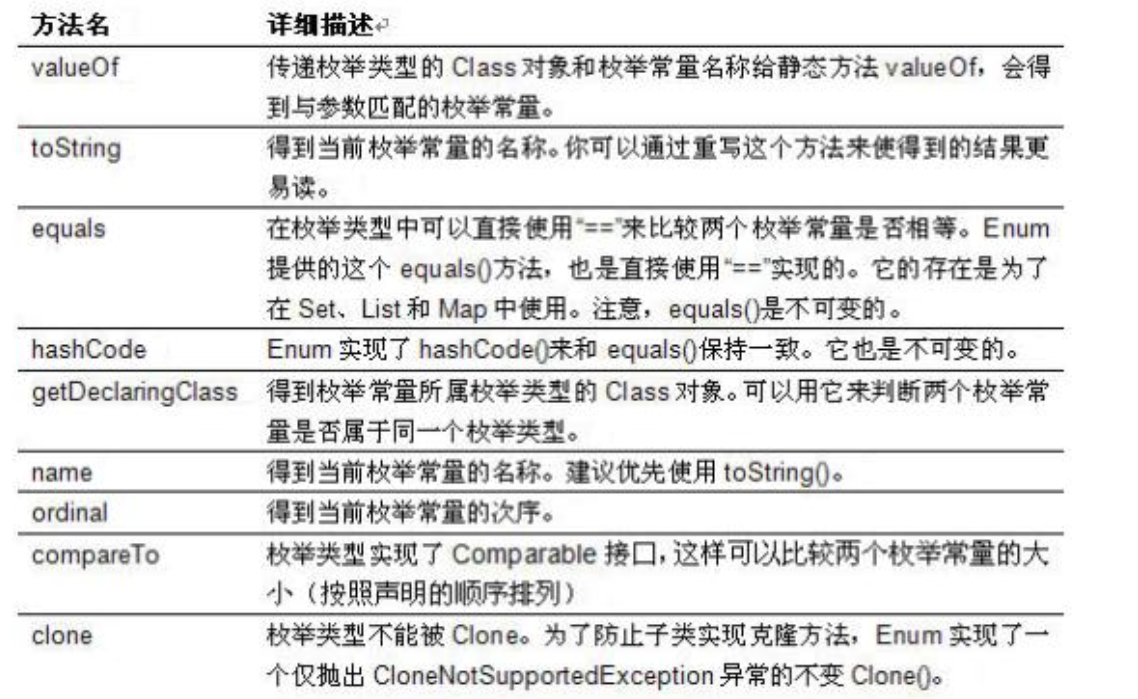如何在Java中正确处理文件IO异常
在Java中,处理文件I/O异常通常有以下步骤:
- 捕获异常:
使用try-catch语句来捕获可能发生的异常。例如:
import java.io.*;public class FileIOExample {public static void main(String[] args) {try (FileReader reader = new FileReader("example.txt")) {// 读取文件内容String content = reader.read();System.out.println(content);} catch (IOException e) {e.printStackTrace(); // 打印异常信息System.out.println("Error occurred while reading file: " + e.getMessage()); // 输出简要的错误消息}}}
理解异常:Java中的IO异常通常包括FileNotExistsException(文件不存在)、FileNotFoundException(找不到文件)等。
处理特定异常:在catch块中,根据具体的异常类型进行适当的处理。例如,如果捕获到FileNotFoundException,可以直接打印错误信息。
资源管理:确保在finally块中关闭任何使用过的资源,如FileReader、InputStream等。这可以防止资源泄露,提高程序的健壮性。



































还没有评论,来说两句吧...